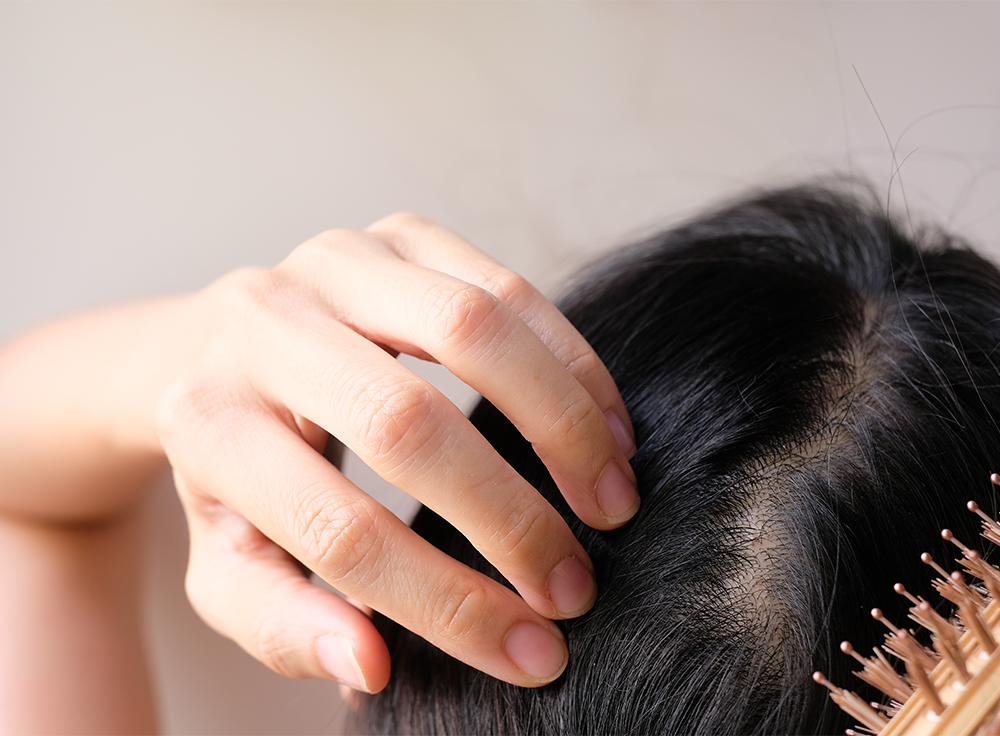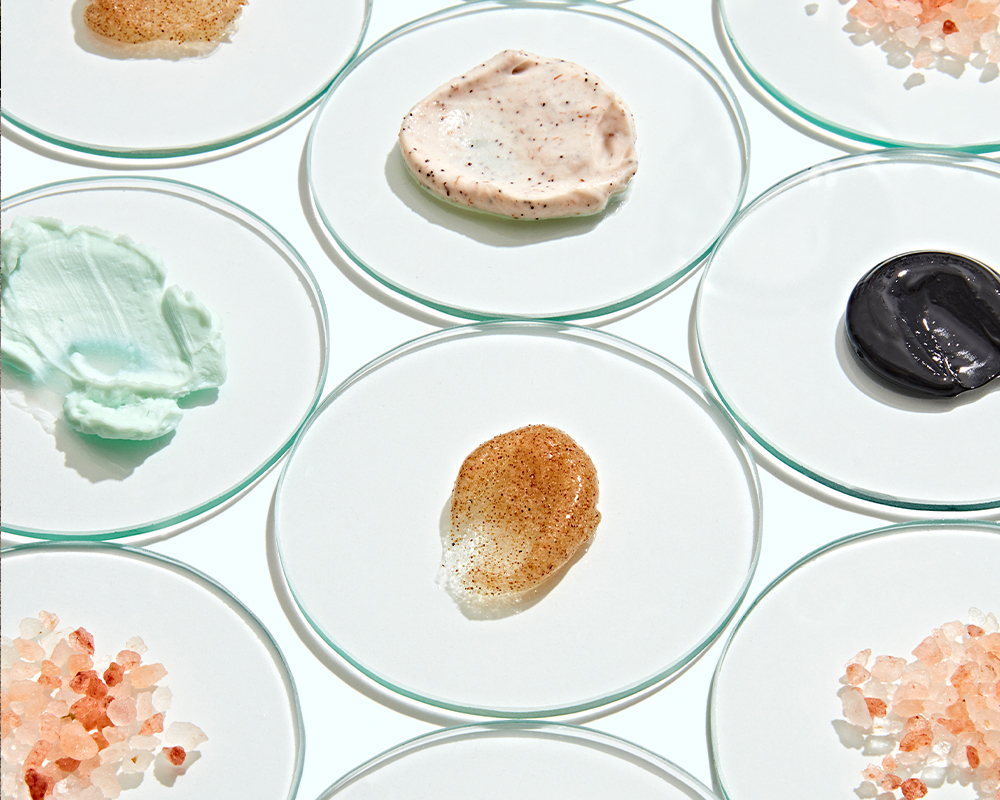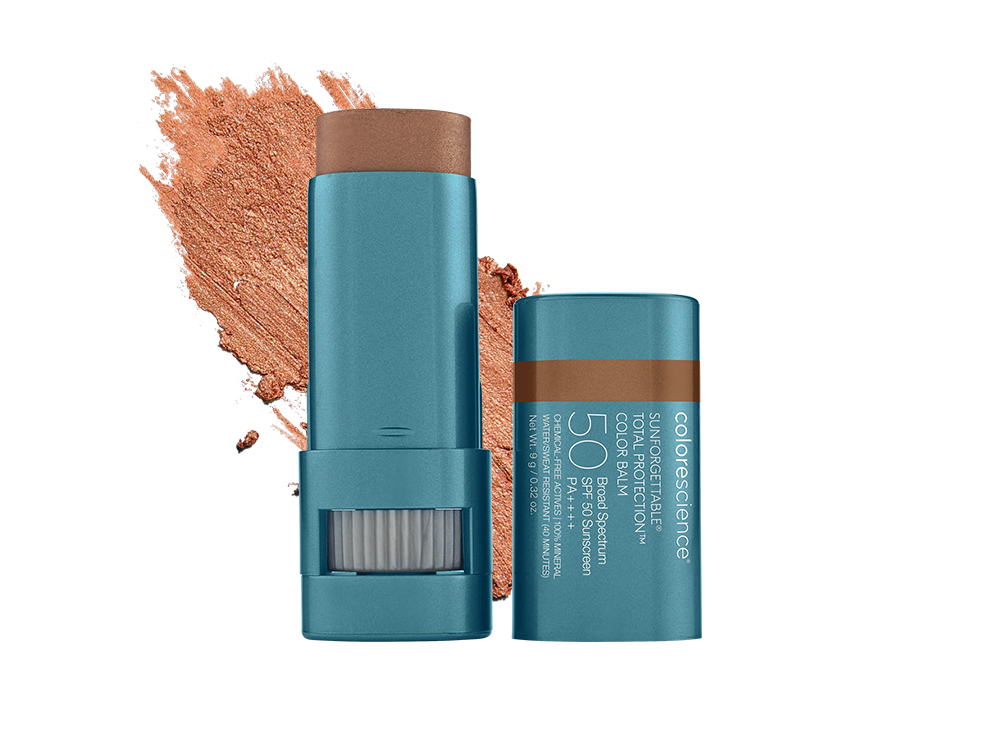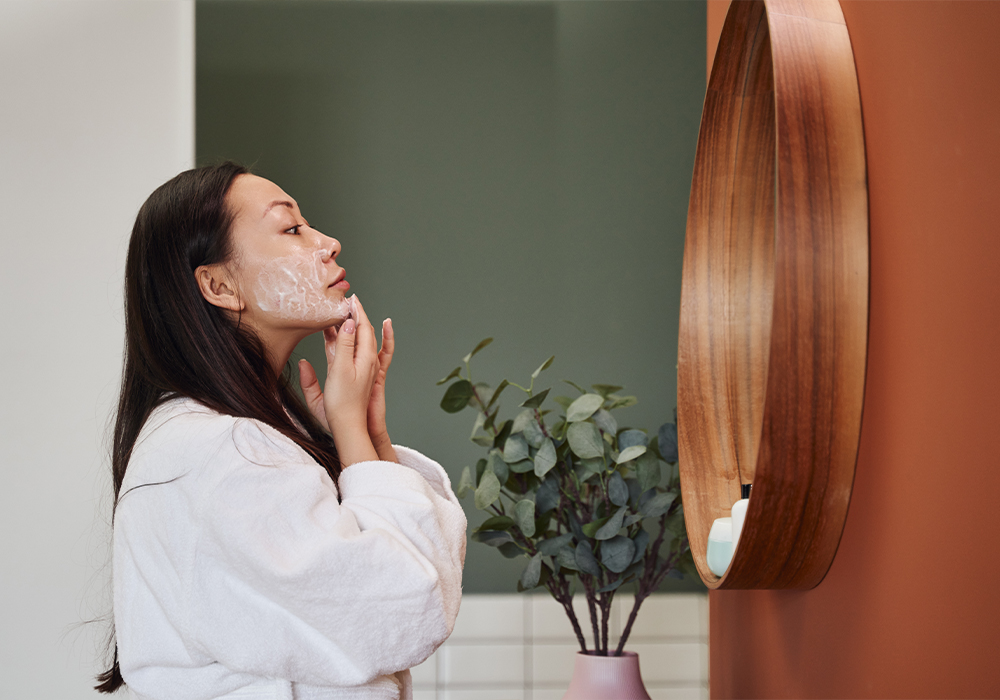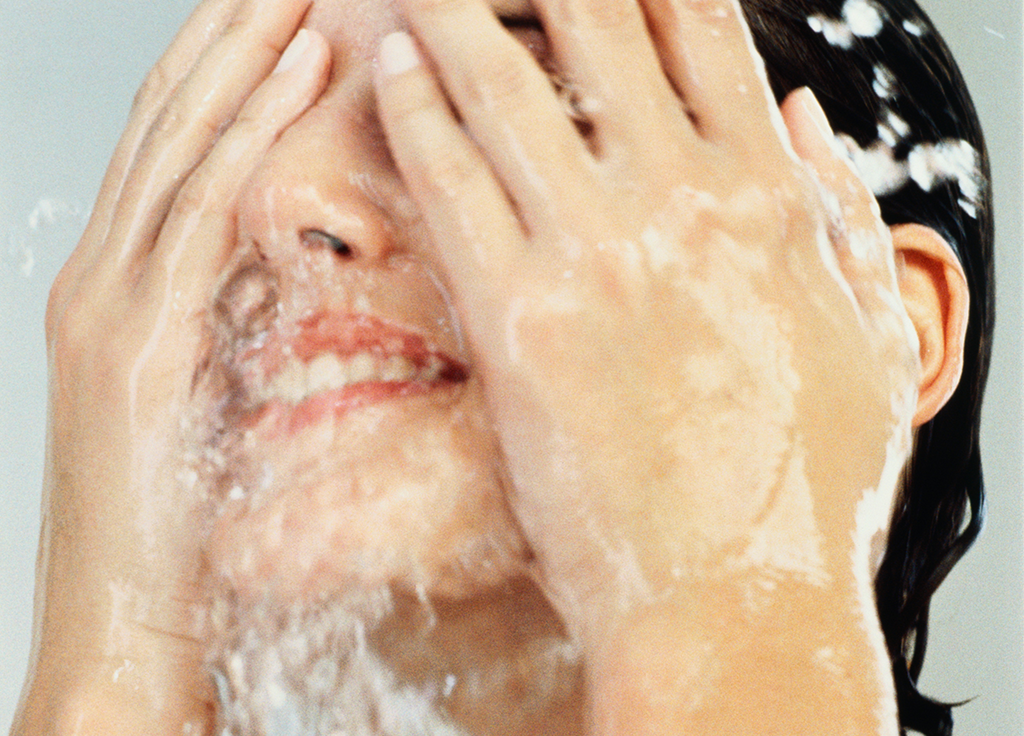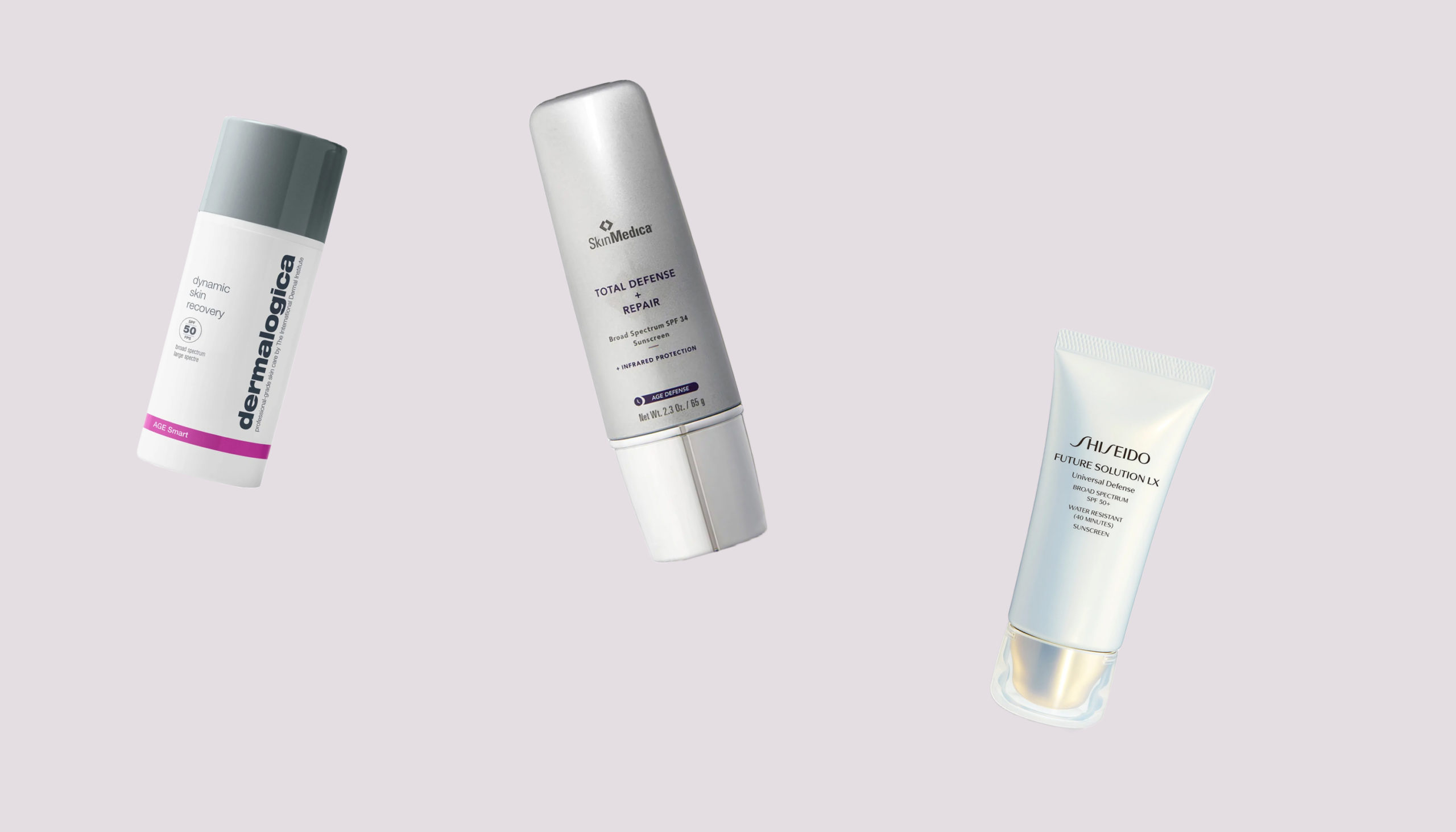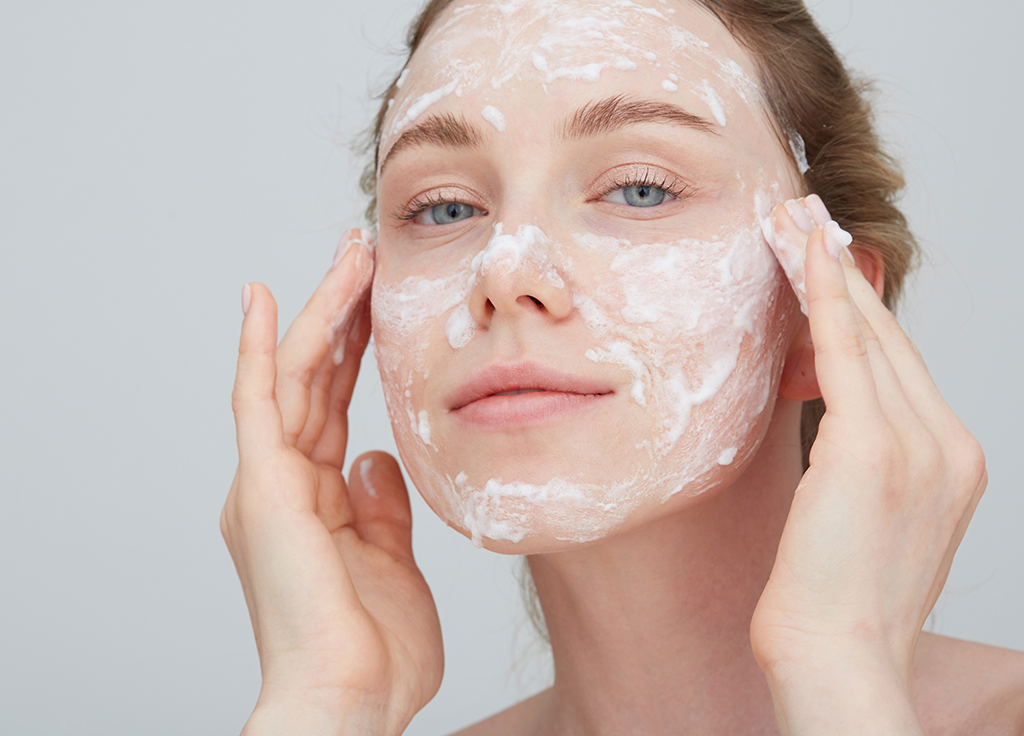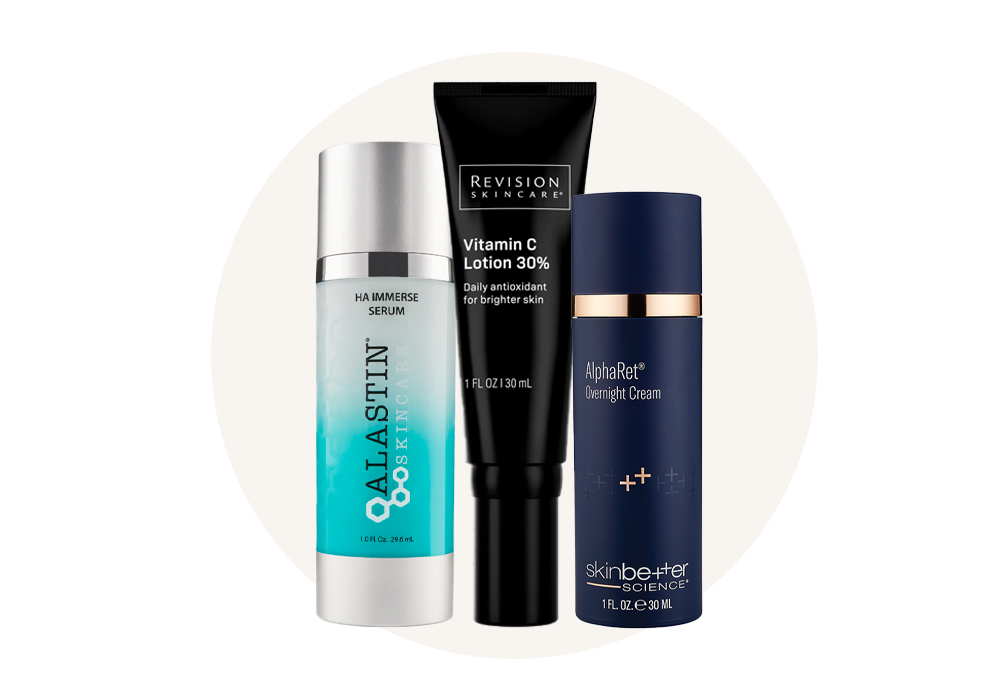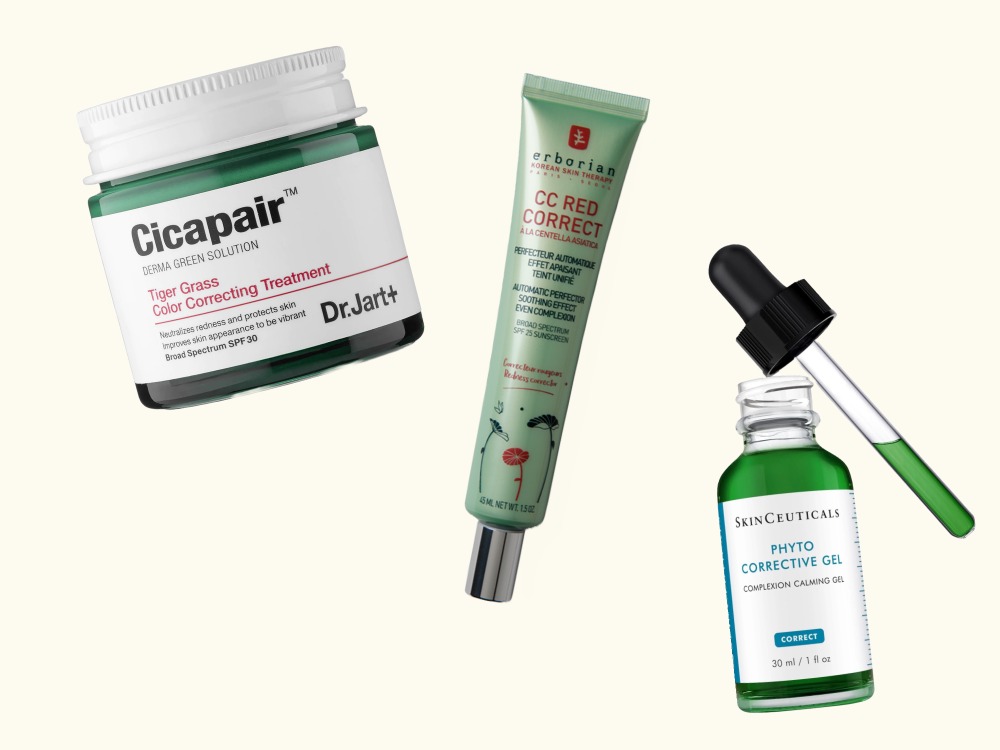Skin cancer. According to the CDC, it’s the most common kind of cancer in the United States. And while most skin cancers are treatable when caught early, late diagnosis of skin cancers like melanoma have dire consequences. That’s why early screening and vitally, self-screening, are so important. But some signs aren’t as clear cut as they seem, and one can easily lead to mistaking skin cancer for dandruff.
We spoke with dermatologists to learn about the key signs of skin cancer on the scalp and how to tell the difference between harmless dandruff and a potentially life-threatening cancer. Learn how to keep your scalp safe with expert tips!
Skin Cancer in the Scalp Can Look like Dandruff
Melville, NY dermatologist Kelly Papantoniou, MD explains that scalp cancers are more common than you might initially believe. “Skin cancers and precancerous lesions on the scalp are seen frequently in my practice,” Dr. Papantoniou says. “Statistically approximately 13% of skin cancers will occur on the scalp. It is important to note that this location can be easy to miss if there is a lot of hair and can behave aggressively.”
According to New York dermatologist Elain Kung, MD, it isn’t unusual for skin cancer to be mistaken for other common skin issues. “Some skin cancers may be mistaken for common issues,” Dr. Kung explains. “For example, a basal cell carcinoma may appear like a pimple at first.”
In the case of squamous cell carcinoma, which can spread to lymph nodes, you might mistake its early signs for dandruff.
“Early squamous cell carcinoma may appear like a little crusty, dry scalp that keeps on recurring at the same location,” Dr. Kung says.
Telling the Difference Between Skin Cancer and Dandruff
The good news is, you should be able to tell the difference between dandruff flakes and the scaly, flaking presence of a skin cancer.
“Unlike dandruff which are small, tiny flakes, these are larger scales and may eventually feel tender,” Dr. Kung explains. “Of course, the biggest concern is melanoma that is mistaken for a larger sunspot.”
According to Dr. Papantoniou, you need to be on the lookout for more than just flakes. “We are looking out for any discoloration, brown, red or even loss of color in an area can be a warning sign,” Dr. Papantoniou explains. “Surface changes such as flaking, crusting, bleeding or easy ulceration are also signs.”
When evaluating your scalp, it’s important to consider whether or not you have a history of dandruff as well as how quickly any potential ulcerations heal.
“Typically, a sore or abrasion will take no longer than 2-4 weeks to heal, depending on many factors, including how deep the ulcers, the location, and the health of the patient,” Dr. Papantoniou says. “Important to note is if the wound heals and becomes ulcerated again this is a poor sign and should be evaluated by a dermatologist. Any ulcers that are not healing or taking a long time to heal should be examined.”
If you’re unsure about any recent changes to your scalp, Dr. Kung recommends seeing a dermatologist.
“When in doubt, make an appointment with a dermatologist to check some of these growths out,” Dr. Kung says.
If you think you’ve suddenly developed dandruff, just keep an eye on when you began treatment and how it is developing.
“You can start with an over-the-counter anti-dandruff shampoo,” Dr. Papantoniou explains. “But if that isn’t helping after a few weeks, seek a dermatologist’s opinion.”
Keeping Your Scalp Safe
It’s clear: your scalp needs protecting. According to cosmetic chemist Kelly Dobos, you don’t necessarily need a scalp-specific sunscreen to do the job. “Sunscreen can be applied to areas of the scalp exposed by thinning or balding, and to the part,” Dobos says. “Avoiding peak hours of sun and wearing a hat are probably smarter ideas than buying a specific scalp sunscreen. Either way, it is always key to read the directions on sunscreens, no matter the formulation.”
When it comes to sun safety, the Skin Cancer Foundation recommends multiple approaches.
According to Plymouth, MA dermatologist and spokesperson for The Skin Cancer Foundation, Ramzi Saad, MD, “No single sun protection method can protect you perfectly, which is why The Skin Cancer Foundation recommends a multi-pronged sun protection strategy,” Dr. Saad explains. “Clothing is the first line of defense against the sun, providing consistent protection that doesn’t wear off overtime or shift depending on the time of day. Don’t forget a hat and UV blocking sunglasses!”
It’s important to acknowledge that the amount of hair coverage you have can also impact your risk.
“People who have fine, thinning, or no hair are more at risk for skin cancers on the scalp,” Dr. Kung explains “I advise people who don’t have full hair coverage to wear hats and use sunscreens that are designed for easy use on the scalp and hair.”
